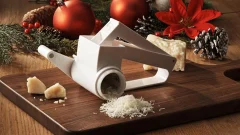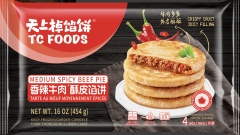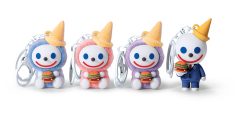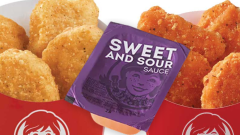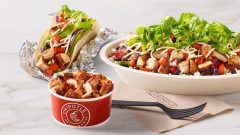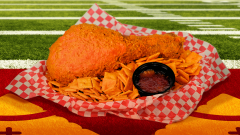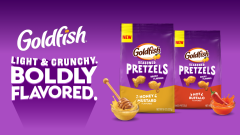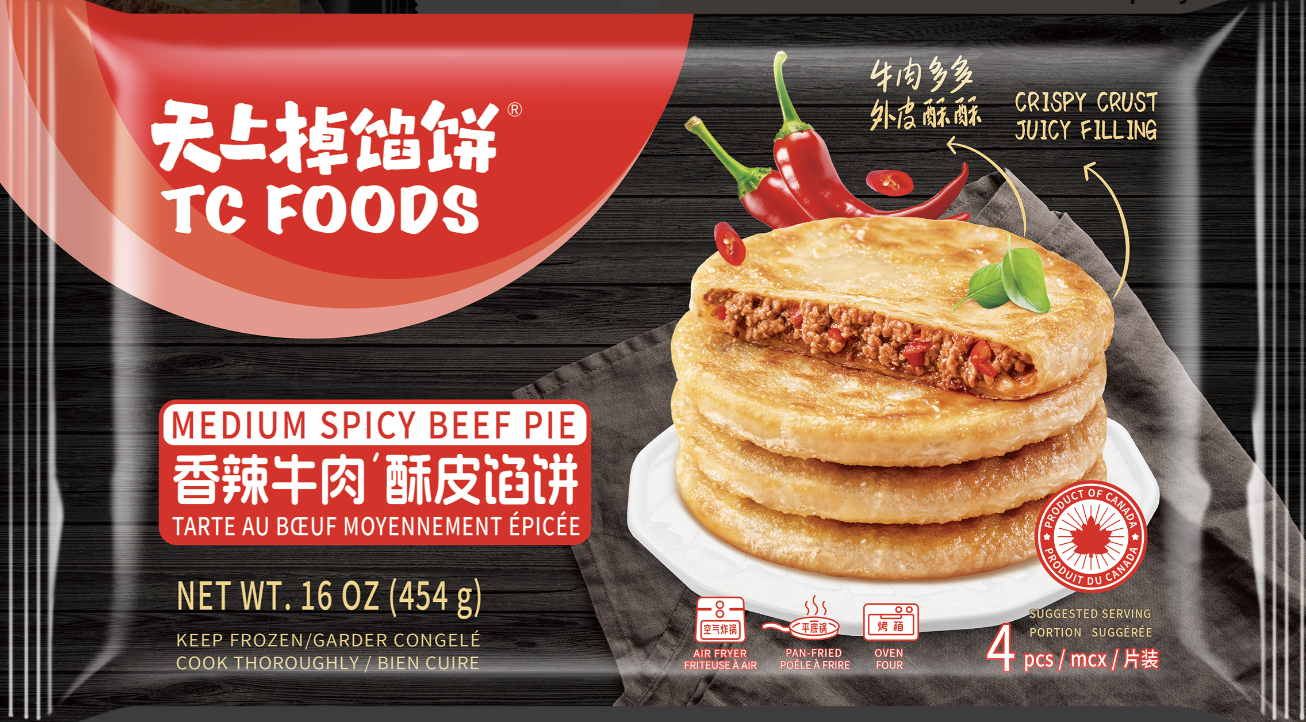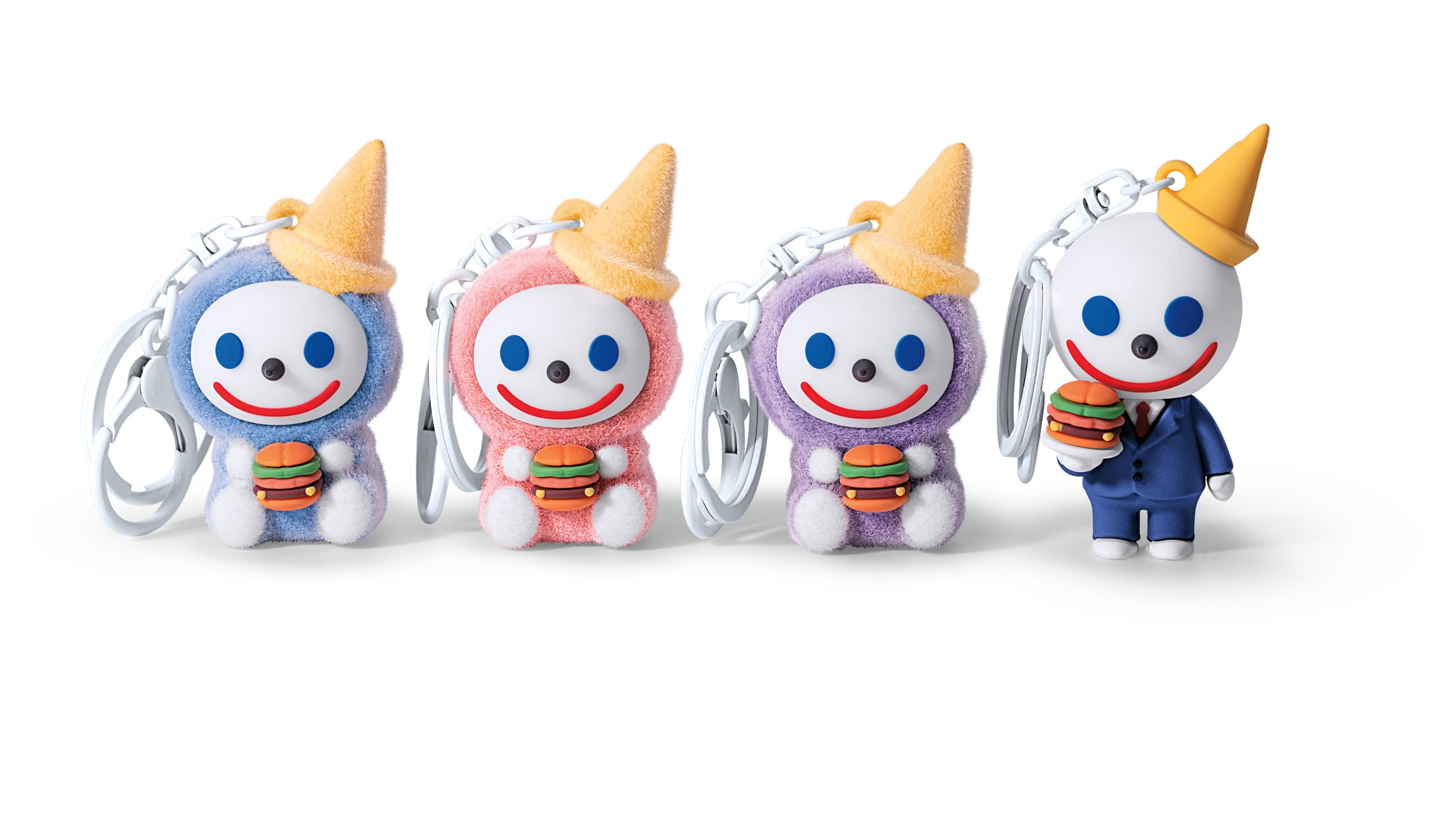9 Little-Known Potato Chip Facts Your Brain Can Snack On
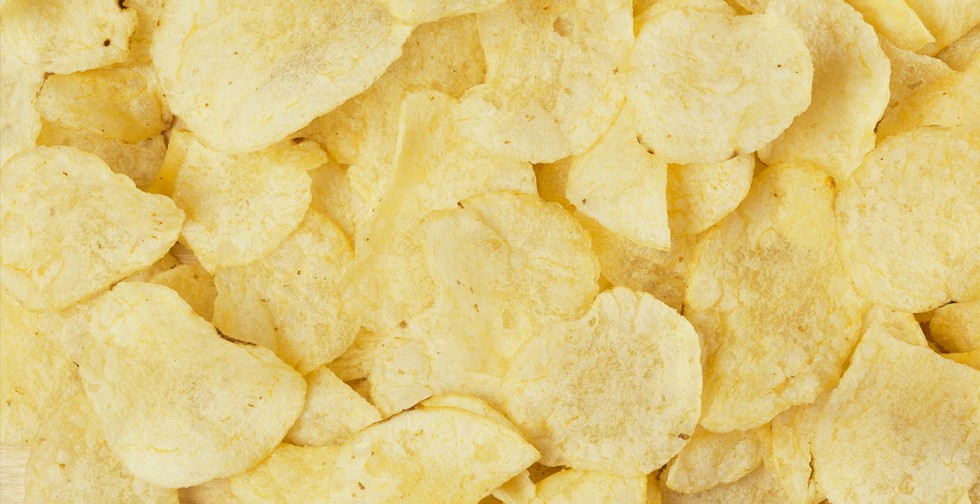
Is there any snack more universally beloved than the potato chip? Although it comes in many different shapes, sizes, flavors and general varieties, the potato chip remains one of the most popular snacks in the world.
While we can all admit we’re potato chip lovers, how well do we really know the chip? Let’s find out.
Here are 8 bizarre facts about the potato chip to give you a little snacking perspective.
The potato chip was created by a complaining restaurant patron.

Photo: Foodoppi
That’s right, the chip was born out of pure annoyance. In 1853, an unhappy customer at a restaurant in Saratoga Springs, New York, kept complaining to the chef that his French fries were not thin enough. After returning the fries several times to have them slimmed down, the irritated chef eventually sliced the potatoes so thin, they could not be eaten with a fork when fried.
Thus, by an act of trolling, the potato chip was born.
There are actually logical reasons for all that empty space in potato chip bags.

Photo: Geekdom101
Ever open up what seems like a full bag of chips just to find there’s more space in the bag than chips? As annoying as that can be, chips are packaged that way for a few reasons. Most importantly, that excessive air in the bag in meant to act as a cushion so your precious chips don’t break during delivery. That empty space is also almost entirely nitrogen – the bag is pumped full it to maintain long-term freshness.
The world’s largest bag of chips weighed more than a small car.

Photo: BBC
In 2013, Corkers Crisps set a new world record for the largest potato chip bag. The bag was 18 feet tall and contained 2,515 potato chips, all which were cooked in a single batch (as according to Guinness World Record guidelines) which was a 17-hour period.
What I want to know is where did they get an 18-foot chip bag…
There are “Cajun squirrel” flavored potato chips.

Photo: This Blog Rules
Wow I wish I was joking.
A British potato chip company came out with a “Cajun squirrel” flavored potato chip in 2009 as a part of a “Taste Test” contest, where consumers voted on the best new flavor. Shockingly enough, “Cajun squirrel” did have some fans. Meanwhile, I still can’t believe this happened in England of all places.
In Britain, potato chips are referred to as “crisps”.

Photo: Amazon
So those “Cajun squirrel” chips are actually “Cajun squirrel” crisps, if you want to get technical.
In Britain, what we would call “French fries” in North America are referred to as “chips” or “chippies” in England. To avoid confusion, what we call “potato chips” are called “crisps” in the U.K. In other English-speaking parts of the world (like New Zealand and Australia) they distinguish fries and chips by calling them “hot chips” or “cold chips”.
Chips basically have an international language of their own.
Potato chips briefly went extinct during World War II.

Photo: Pinterest
During the second World War, when food rations were common, chips were declared an “unessential food” and production was immediately stopped nationwide. Yeah, America didn’t like that so much. After many protests, chips were declared “essential” and produced again, proving once more that the U.S. has exactly the right priorities.
The earliest printed reference to the potato chip is in Charles Dickens’ novel, A Tale of Two Cities (1859).

Photo: Quotesgram
In Dickens’ classic novel, A Tale of Two Cities, he gives the first known recorded shout-out to potato chips. He refers to the snack as, “husky chips of potatoes”, which is extremely literal and doesn’t really do our glorious chips justice. Hey, any publicity is good publicity.
William E. Lee spent six years studying the crunchiness of chips.

Photo: Darden
Professor Lee, a chemical and biomedical engineering professor at the University of South Florida in Tampa, has a patent in chip technology… potato chip technology, that is. For six years, Lee studied the sensory attributes of salty snacks, namely the chip, and has become a leader in the field of crunchiness.
Now, when snack companies want to compare their snack’s crunch to a competitors’ snack, they call Lee. What a boss job.
A potato was bred to create the “perfect chip.”

Photo: Tested
The USDA and Penn State University teamed up in the late 1960s to breed a potato that would make the perfect potato chips. This potato, called the Lenape potato, was a huge success when first tested. However, it was discovered that the potato cultivar also produced an unnaturally high amount of a natural toxic substance called solanine.
While present in all potatoes in low, ineffective amounts, the Lenape potato had over TRIPLE the amount of solanine a normal potato has – enough to make anyone who initially tasted these chips nauseous. The potato was quickly discontinued afterwards, so we may never know what the “perfect potato chip” would have tasted like.

